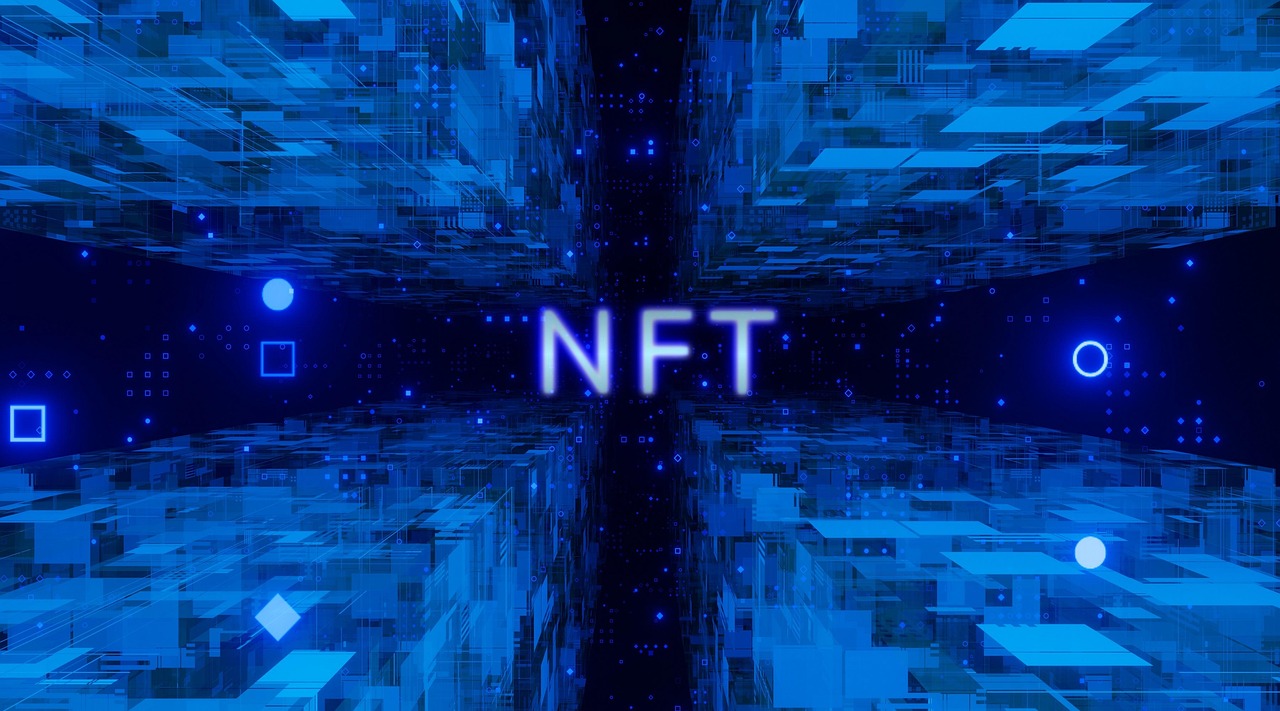Blockchain technology is revolutionizing various industries, from finance and supply chain management to healthcare and voting systems. Its promise of enhanced security, transparency, and efficiency is capturing the attention of businesses and individuals alike. But what exactly is blockchain, and how does it work? This blog post will demystify the fundamentals of blockchain technology, providing you with a comprehensive understanding of its core principles and applications.
What is Blockchain?
Definition and Core Concepts
At its core, a blockchain is a distributed, immutable, and transparent ledger that records transactions across many computers. Think of it as a digital record book shared among numerous participants.
- Distributed Ledger: Instead of residing in a single location, the blockchain is copied and distributed across a network of computers (nodes). This decentralization makes the system more resilient to attacks and censorship.
- Immutability: Once a transaction is recorded on the blockchain, it cannot be altered or deleted. This immutability ensures the integrity of the data.
- Transparency: All participants in the network can view the blockchain’s contents, although the identities of transacting parties may be masked through cryptography.
Analogy: The Shared Google Sheet
Imagine a Google Sheet shared among many people. Every time someone makes a change (a transaction), everyone gets a notification, and the updated sheet is distributed to everyone. No one can delete or alter past entries without everyone noticing. This simplified analogy captures the essence of a blockchain.
The Role of Cryptography
Cryptography plays a crucial role in securing the blockchain. Hash functions are used to create unique “fingerprints” of each block of data, linking them together in a chain. These hashes ensure that any tampering with a block will be immediately detectable. Public-key cryptography enables secure transactions between users by utilizing pairs of cryptographic keys: a public key for receiving transactions and a private key for signing them.
How Blockchain Works
Blocks and Chains
A blockchain consists of a series of interconnected blocks. Each block contains:
- Data: The actual transaction data (e.g., sender, receiver, amount).
- Hash of the Previous Block: A unique identifier linking it to the previous block in the chain.
- Nonce: A random number used in the mining process to create a hash that meets certain criteria.
The hash of the previous block ensures the integrity of the chain. If someone tries to change the data in a previous block, its hash will change, breaking the chain.
Mining and Consensus Mechanisms
New blocks are added to the blockchain through a process called mining. Miners compete to solve complex cryptographic puzzles using powerful computers. The first miner to solve the puzzle gets to add the next block to the chain and receives a reward in the form of cryptocurrency. This process is governed by a consensus mechanism, which ensures that all participants agree on the state of the blockchain.
- Proof-of-Work (PoW): The original consensus mechanism used by Bitcoin. Miners solve complex mathematical problems to validate transactions and create new blocks. It’s energy-intensive but highly secure.
Example: Bitcoin uses the SHA-256 hashing algorithm for its PoW mechanism.
- Proof-of-Stake (PoS): A more energy-efficient alternative. Validators are chosen to create new blocks based on the number of coins they “stake” or hold.
Example: Ethereum transitioned to PoS (Proof-of-Stake) to reduce energy consumption.
Smart Contracts
Smart contracts are self-executing contracts written in code and stored on the blockchain. They automatically enforce the terms of an agreement when certain conditions are met. This eliminates the need for intermediaries and reduces the risk of fraud.
- Example: A smart contract could automatically release funds from an escrow account to a seller once a buyer confirms receipt of goods.
- Benefits: Increased efficiency, reduced costs, and enhanced transparency.
Types of Blockchains
Public Blockchains
- Permissionless: Anyone can participate in the network, validate transactions, and contribute to the blockchain.
- Transparent: All transactions are publicly visible.
- Examples: Bitcoin and Ethereum.
Private Blockchains
- Permissioned: Access is restricted to authorized participants.
- Controlled: A central authority manages the network and its participants.
- Examples: Supply chain management systems used by large corporations.
Consortium Blockchains
- Semi-Decentralized: Operated by a group of organizations or institutions.
- Collaborative: Participants share responsibility for maintaining the network.
- Examples: Trade finance platforms.
Choosing the Right Type
The choice of blockchain type depends on the specific use case. Public blockchains offer maximum transparency and decentralization, while private and consortium blockchains provide more control and privacy.
Benefits and Use Cases of Blockchain
Benefits of Blockchain Technology
- Enhanced Security: Immutability and cryptography make blockchain highly resistant to hacking and fraud.
- Increased Transparency: All transactions are publicly visible, promoting trust and accountability.
- Improved Efficiency: Smart contracts and automation streamline processes and reduce costs.
- Decentralization: Eliminates the need for intermediaries and reduces the risk of single points of failure.
Use Cases Across Industries
- Finance: Cryptocurrency, payments, remittances, and decentralized finance (DeFi).
Example: Ripple (XRP) for faster and cheaper cross-border payments.
- Supply Chain Management: Tracking goods from origin to consumer, ensuring authenticity and transparency.
Example: Walmart uses blockchain to track the origin of its produce, improving food safety.
- Healthcare: Securely storing and sharing patient data, improving interoperability and privacy.
Example: Medicalchain uses blockchain to create a secure and transparent platform for managing health records.
- Voting: Enhancing the security and transparency of elections.
Example: Follow My Vote, a blockchain-based voting platform.
Challenges and Future Trends
Challenges to Adoption
- Scalability: Many blockchains struggle to handle a large number of transactions per second.
- Regulation: The lack of clear regulatory frameworks can hinder adoption.
- Complexity: Understanding and implementing blockchain technology can be challenging.
- Energy Consumption: Some consensus mechanisms, like Proof-of-Work, are energy-intensive.
Future Trends in Blockchain
- Layer-2 Solutions: Solutions like the Lightning Network and Polygon are being developed to improve scalability.
- Interoperability: Connecting different blockchains to enable seamless data exchange.
- Decentralized Autonomous Organizations (DAOs): Organizations governed by smart contracts and community voting.
- Central Bank Digital Currencies (CBDCs): Digital currencies issued and controlled by central banks.
Conclusion
Blockchain technology offers a revolutionary approach to data management and transaction processing. Its core principles of decentralization, immutability, and transparency are transforming industries worldwide. While challenges remain, the potential benefits of blockchain are undeniable. By understanding the fundamentals of blockchain, you can better grasp its impact and explore its applications in your own field. Stay informed, explore the possibilities, and be prepared for the continued evolution of this groundbreaking technology.




